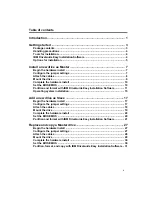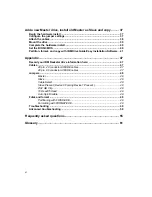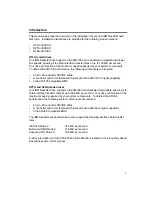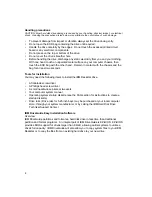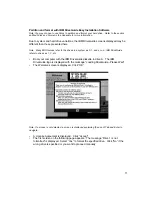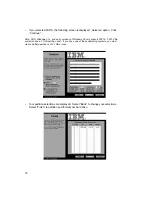
10
Complete the hardware install
•
Check the ATA/IDE cable and power connections.
•
Ensure proper ATA/IDE cable and power cable routing.
•
Recover any loose screws or parts.
•
Replace the computer system cover.
•
Plug in your computer and turn it on.
Set the BIOS/CMOS
Note: BIOS setups vary from system to system and these instructions are intended only as a
guide.
•
Run the BIOS/CMOS setup utility. Key stroke sequences for accessing your BIOS
are often displayed at boot, or can be found in your computer system manual.
•
Locate disk drive type settings. Select the option for Autodetect, Primary Master, if
available. If your computer autoconfigures itself at boot time, verify drive detection
and capacity. If autodetection is unavailable, set the disk drive type to a User
Definable Type (UDT) and enter the CHS parameters 1024 cylinders, 16 heads, and
63 sectors. If Autodetect or a UDT is unavailable, select Drive Type 1.
•
Select translation or LBA options as provided by your computer system.
•
Record drive CHS parameters and capacity as reported by the BIOS in the spaces
provided in the Appendix. If the capacity displayed by the BIOS does not match your
drive capacity, it is likely your system does not support drives greater than 8.4 GB.
•
Save the settings and exit.




